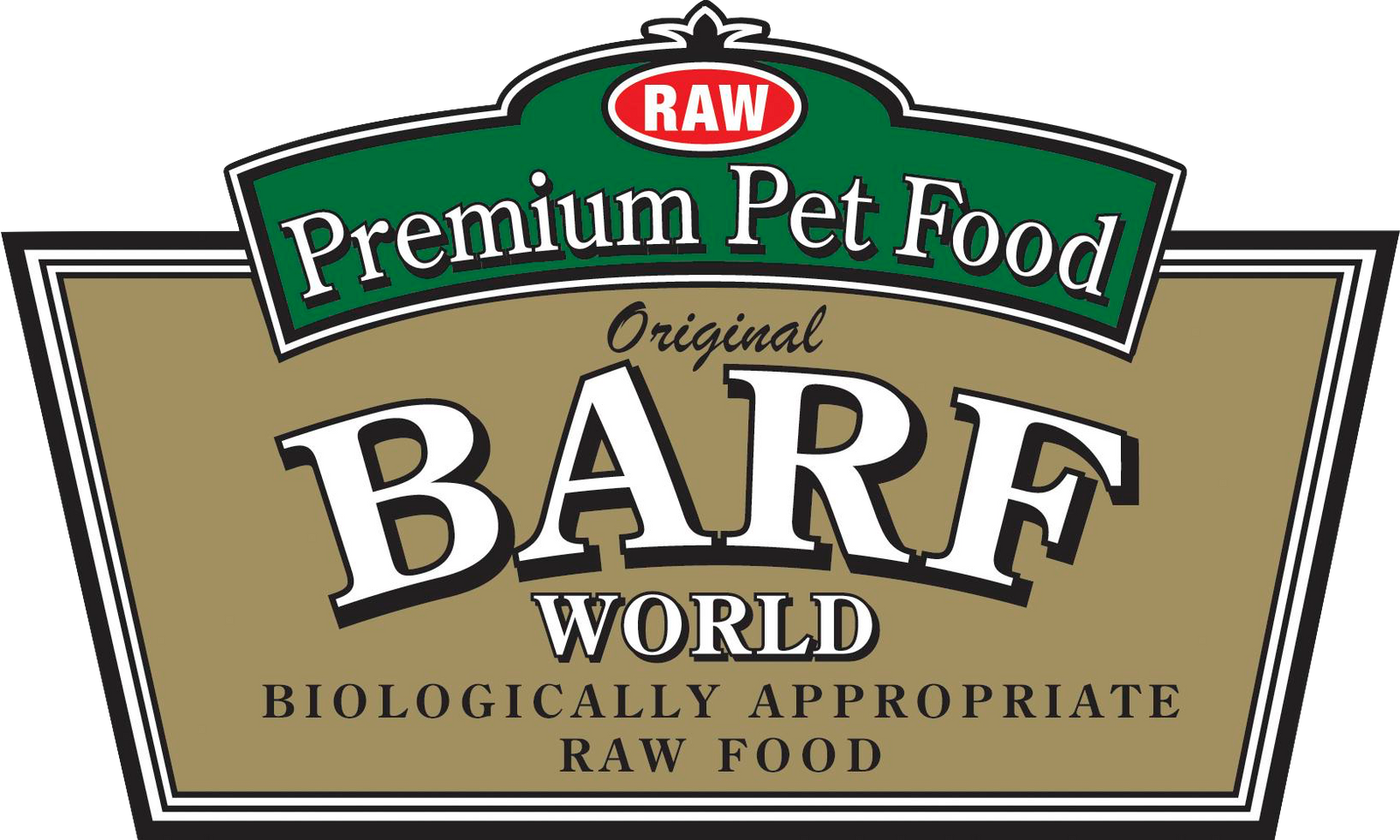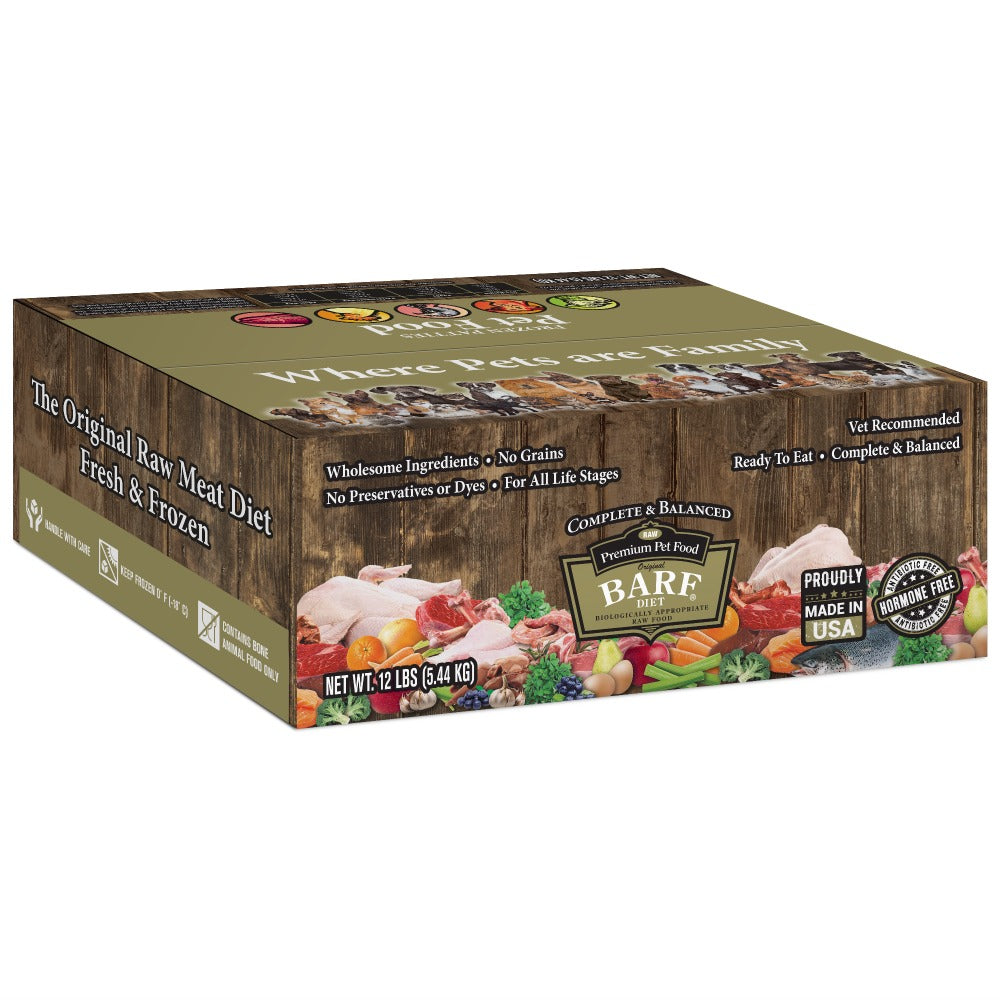Ask any supplier of quality pet food and each will reply that they have the best, most highly beneficial pet food on the market. I have to believe that each manufacturer has some claim to benefits that prove beneficial over other competitor’s diets. Most quality products contain ingredients that are from animals, not plants, because the animal sources are species appropriate for carnivorous pets. So, if you try to make a comparison of the broad category of all pet foods, you are comparing raw meat based diets to dry, grain based, heat processed pet food.
To be fair, let me try to give a pro and con analogy for each category to determine the main advantages or disadvantages of each type.





